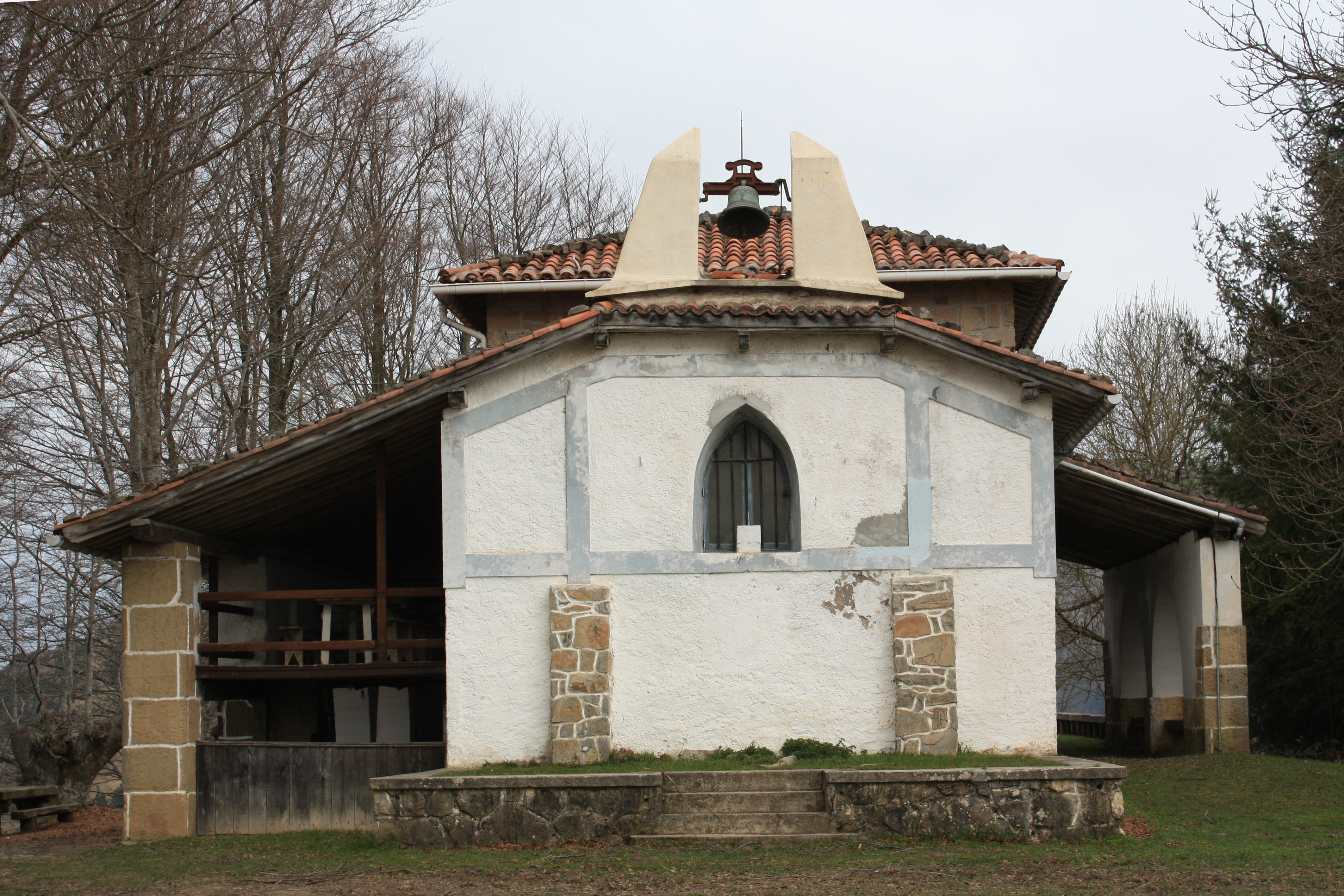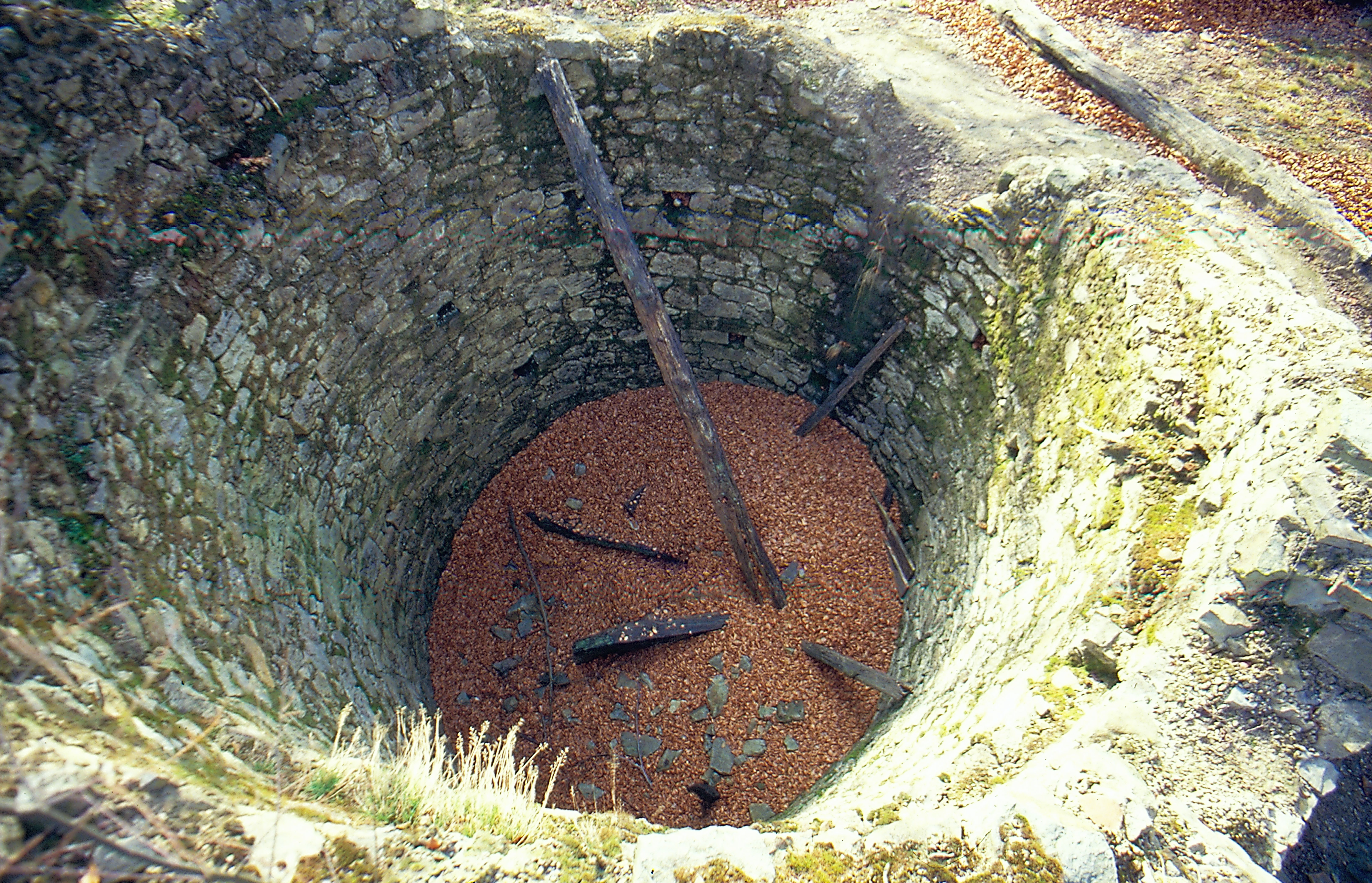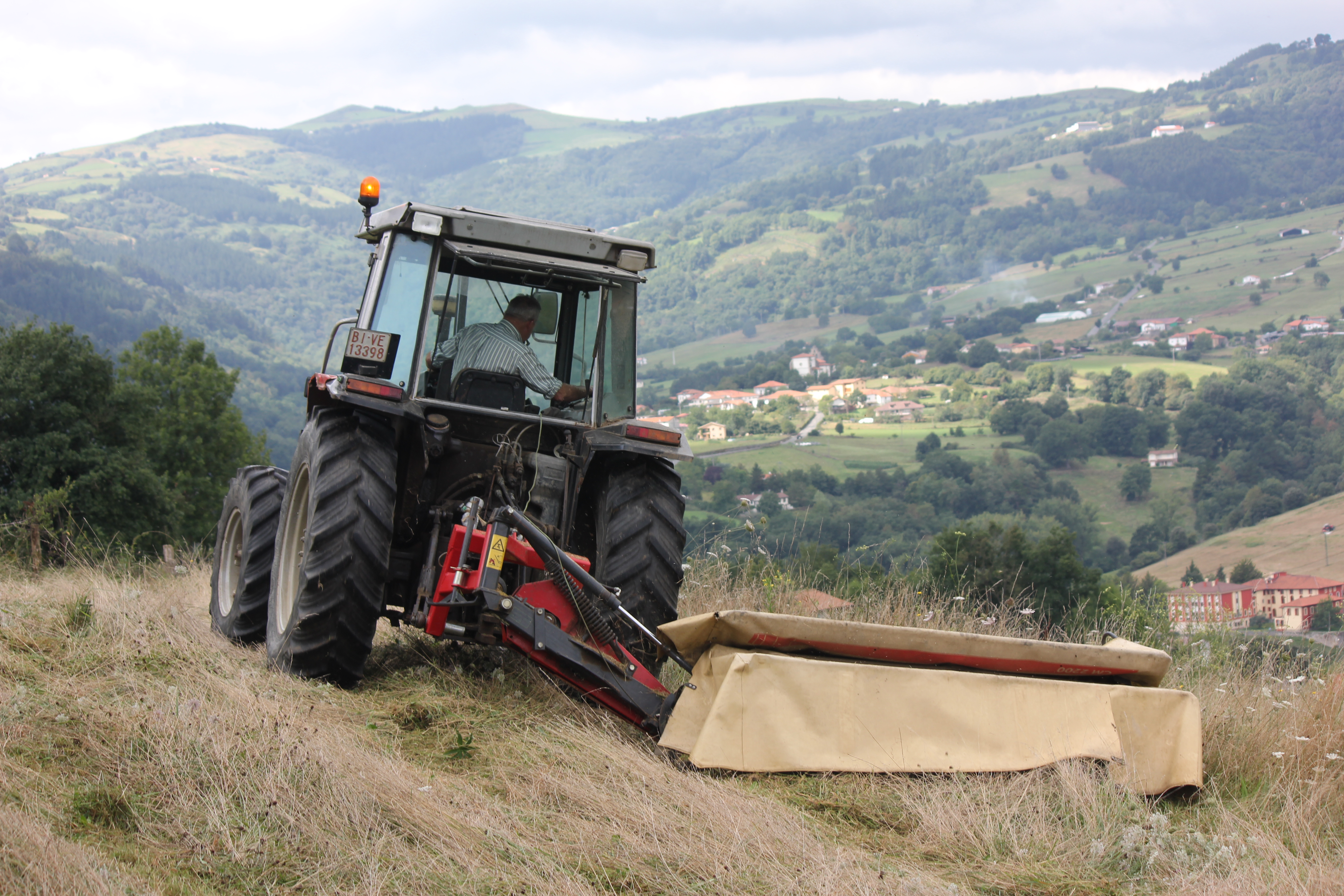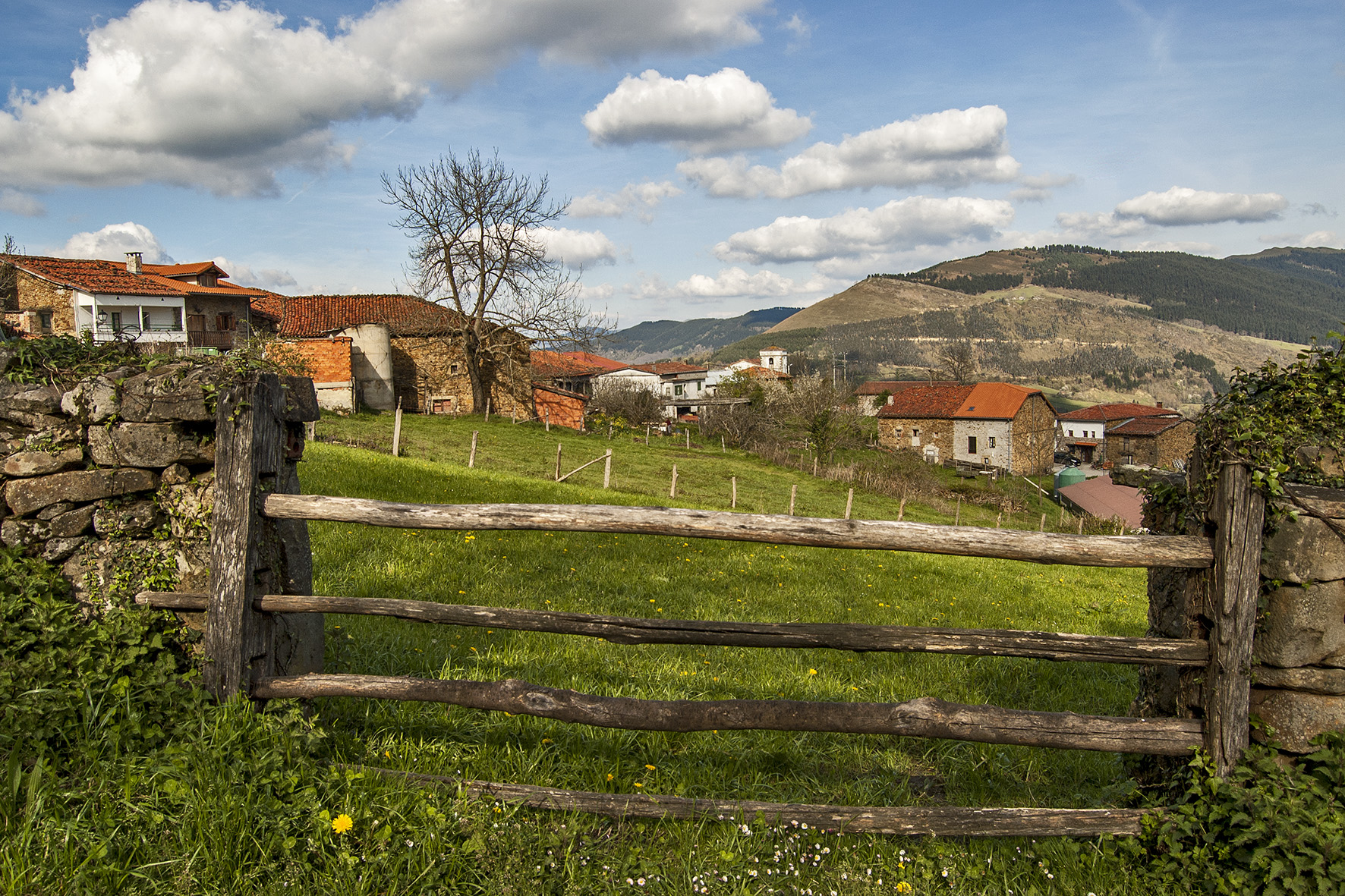Basque ethnography at a glance

Hermitage of Our Lady of Kizkitza. José Zufiaurre.
The hermitage of Our Lady of Kizkitza stands on a promontory between the village of Itsaso (Gipuzkoa) and the mountain pass of Mandubia. The image of the Virgin is placed on a fishing vessel at the main altar. It seems odd at first glance, but she is there for a reason. (more…)

Ruins of a snow pit in Astikurutz (Otxandio), 1993. José Ignacio García Muñoz. Labayru Fundazioa Photographic Archive.
Underground pits in the mountains called edur-zuloak in Bizkaia Basque, neveras in Spanish, were used in days gone by for the storage and preservation of snow. They fell into disuse by the start of the 20th century, the original constructions being thus severely deteriorated and the facts about the role they played nearly forgotten. (more…)

Grass harvesting in Carranza (Bizkaia), 2017. Luis Manuel Peña. Labayru Fundazioa Photographic Archive.
The eighth volume of the Ethnographic Atlas of the Basque Country, this one dedicated to agriculture, is about to see the light of day. It relates to a previous volume on livestock farming and shepherding, as could not be otherwise, since agriculture in traditional societies is closely linked to these activities. The present work includes a chapter devoted to grass, where the mentioned linkage is perhaps most clearly appreciated, its cultivation and care being designed for the provision of animal feed. (more…)


